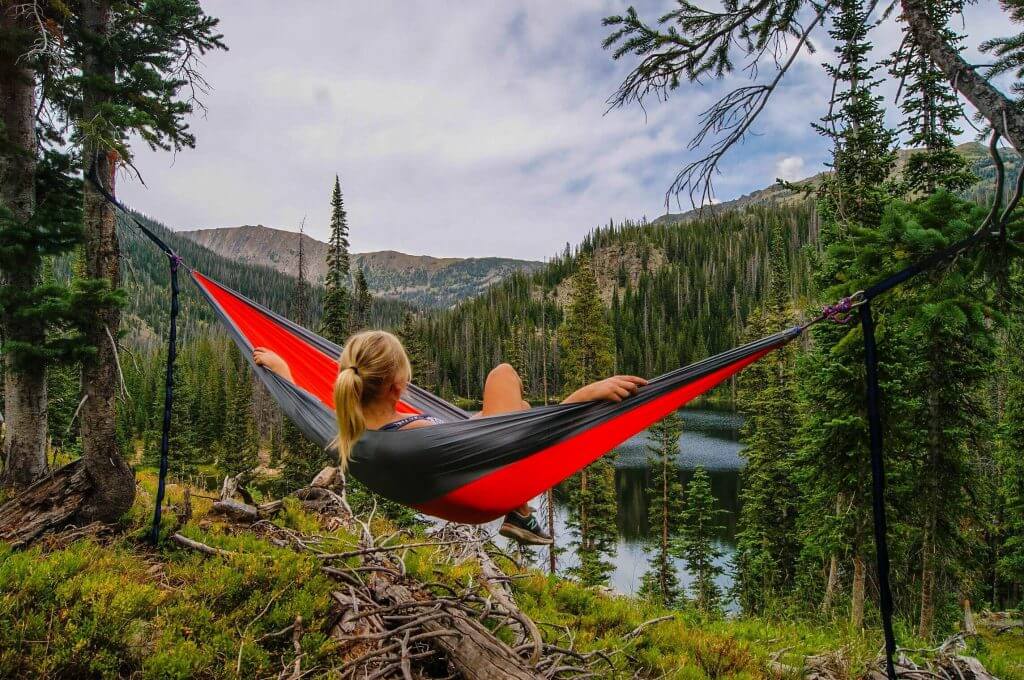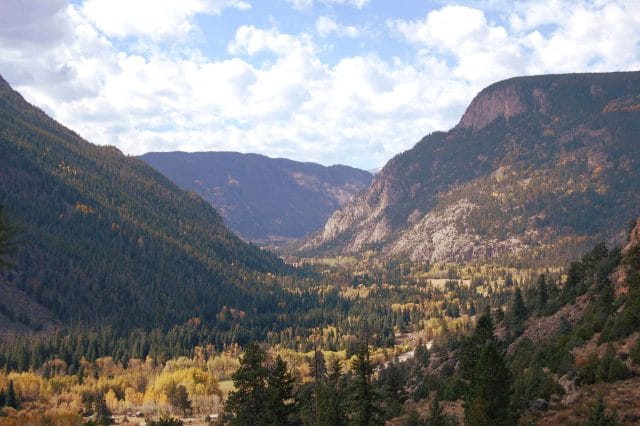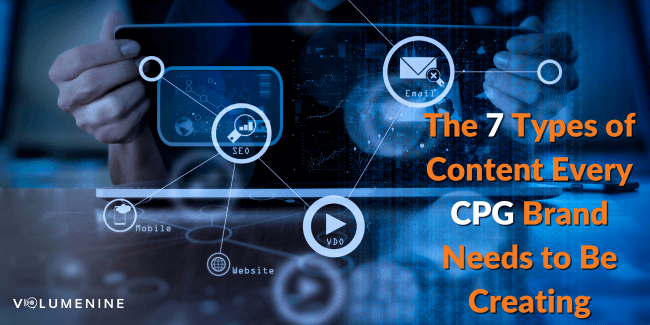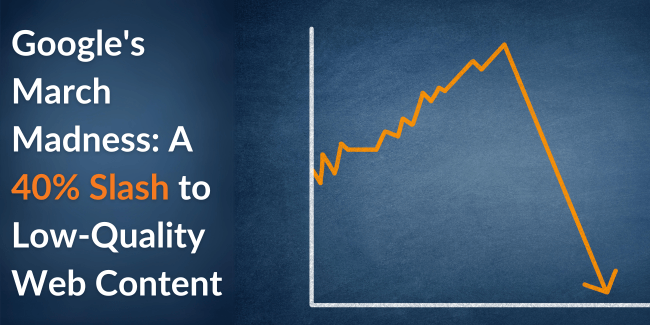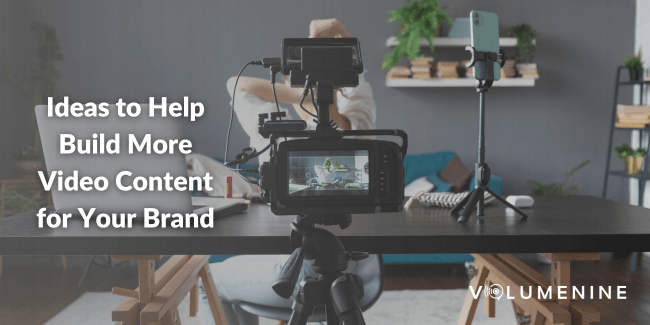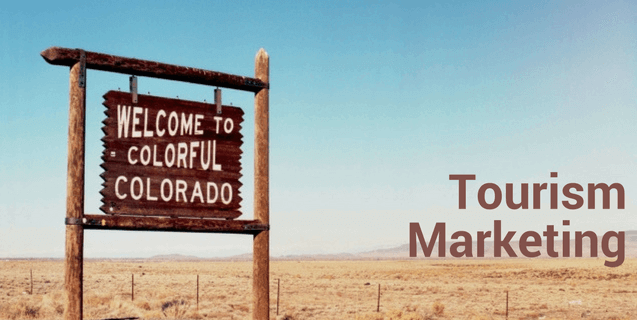
Tourism Marketing: How to Drive Sales with Content
It’s 2017; millennials are now the highest-spending generation. Travel organizations need to capture this group’s attention through tourism marketing in order to capture their business.
And while blindly arriving at a destination and winging it used to be the norm, Millennials are interested in authentic travel experiences; ones that typically require some research and digging. So being able to stand out online is crucial for any hotel, sightseeing tour, government travel board, or adventure company.
Here are a few ways to leverage content on your website for increased brand awareness, trust, and bookings.
Mobile First
We talk about this a lot at V9, but it’s the world in which we currently live. More and more consumers are researching and making purchases on mobile devices, but it’s not enough to simply be responsive. You’ve got to create a mobile content experience that captures your audience.
This mobile content experience includes photos, videos, purposeful formatting, and easy to access social channels. This does not include intrusive popups, excessive gated content, or required user signups.
Recognize the Three Stages
There are three understood stages in planning a trip to a destination:
- Dreaming
- Planning
- Going
Having content to support these three different stages of lookers is important and will result in better conversions. Let’s dive into each stage and see the type of content that fits best, as well as examples of brands #killinit.
The Dreamers
I’m dreaming of my Colorado vacation that’s taking place sometime next year. Am I looking for hotels and reservations? Nope. I’m getting excited, finding things to share, and dreaming of the possibilities that await in Colorado.
The kind of content that supports this stage is visual and aspirational. It includes stories, videos, photography, wild adventures, and user-generated content.
Example: 5 Hidden Lakes in Colorado You Never Knew Existed
Purpose of content: Brand awareness
The Planners
Okay, my Colorado trip is coming up! Time to start filling in my week with things to do, restaurants to try, and weed shops to visit. I’m doing a lot of research while I’m at work, sending links to my girlfriends, and deciding what neighborhood I want to stay in.
The type of content that supports this stage is relatable and achievable. It includes lists (so many lists), itinerary, and event listings.
Example: 5 Best Aspen Adventure Hikes
Purpose of content: Social engagement, email signups, price checking, consideration
The Goers
Time to book. I know what neighborhood I want, the dates I’m going, and what I want to get out of my travel experience. There are some last-minute content needs which include things like useful information, getting there, and comparisons. The type of content is informative and shows the value of your service.
Example: Getting to Aspen, Snowmass Village, Directions
Purpose of content: Book it!
These three stages need to be spoken to differently. Each should have a unique call to action or next step. Each may be presented in a different tone. This personal messaging targets the right person in the right stage and will convince them to convert more than a single, blanketed message.
Whip out a Camera
You can talk about the stunning views to your heart’s content, but showing is more important than ever–through photography and video.
You don’t need a high production budget. Strapping a GoPro to your head and throwing yourself off a mountain can be just as effective as a camera crew. It depends on your audience and the type of content you’re producing.
Use the Pixel
Once you’ve initially captured a user in the dreaming or planning phase, you need to reintroduce your brand; keep yourself top of mind. Luckily, with Facebook’s Pixel, it’s very easy to do.
Facebook’s Pixel allows you to retarget on Facebook and Instagram. As long as you’re utilizing SEO best practices in your content, readers can find your blog or content hub. Once there, you have their information and can continue to serve that user content and ads. It’s a continuous, complete circle of marketing.
Offer Up
Sometimes all it takes is an offer to make users book it. If you know there is a user who has visited your site multiple times, clicked on a Facebook ad or two, and followed you on Instagram, give them a little something-something. A 10% offer from a brand they already know and like is gold.
These are just some of the ways you can create content for tourism marketing. For other ways, contact the creative team at Volume Nine!





